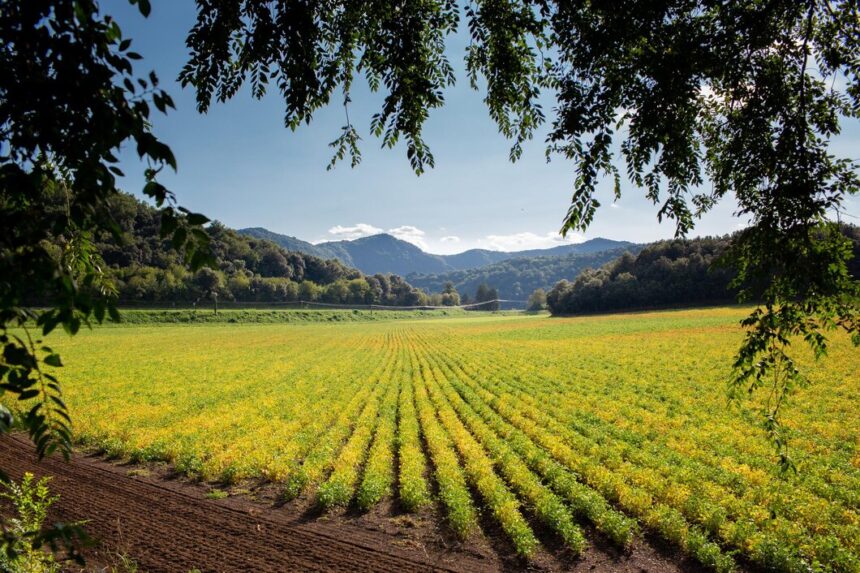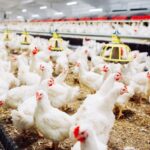Agroforestry, the practice of integrating trees and shrubs with crops or livestock systems, offers numerous benefits for South African farmers, including enhanced productivity, sustainability, and resilience. Here’s a guide to understanding and implementing the basics of agroforestry:
1. Understand Agroforestry Concepts
Agroforestry involves the deliberate integration of trees and shrubs into agricultural systems. It encompasses various practices, including alley cropping, windbreaks, and silvopasture. The key idea is to create synergistic relationships between trees and crops that enhance overall productivity and environmental health.
2. Choose Suitable Tree Species
Selecting the right tree species is crucial for successful agroforestry. Consider native and well-adapted species that complement your existing crops or livestock. For South African conditions, trees such as acacias, eucalyptus, and indigenous species like the Marula or Baobab can be effective choices.
3. Plan for Spatial Arrangement
Decide on the spatial arrangement of trees and crops. Common models include:
- Alley Cropping: Rows of trees are planted with crops grown in the spaces between them. This setup allows for efficient land use and crop management.
- Windbreaks: Trees planted in rows to protect crops from wind and reduce soil erosion.
- Silvopasture: Integration of trees with pastureland, providing shade and forage for livestock.
4. Consider Soil Health
Trees can improve soil fertility through leaf litter and root systems that enhance soil structure. They also help in controlling erosion and reducing nutrient runoff. Choose trees that contribute positively to soil health, and monitor soil conditions to maintain balance.
5. Implement Water Management
Effective water management is vital in agroforestry. Trees can influence local microclimates and water availability. Plan for irrigation systems that accommodate both trees and crops, and consider how tree canopies impact water distribution.
6. Manage Competition and Complementarity
Be mindful of potential competition between trees and crops for resources such as light, water, and nutrients. Opt for tree species that have minimal impact on crop growth or select crops that benefit from the presence of trees. For instance, some trees can offer shade to crops that thrive in cooler conditions.
7. Incorporate Biodiversity
Agroforestry systems support biodiversity by providing habitats for various species. Diverse plantings can improve pest management, pollination, and overall ecosystem health. Encourage a variety of species in your system to maximize these benefits.
8. Monitor and Adjust Practices
Regular monitoring is essential to ensure that both trees and crops are thriving. Observe growth patterns, soil health, and productivity, and be prepared to adjust practices based on observations. Flexibility and adaptability are key to successful agroforestry.
9. Seek Knowledge and Support
Engage with local agricultural extension services, research institutions, and agroforestry networks to gain insights and support. Learning from experienced practitioners and accessing resources can enhance your understanding and implementation of agroforestry.
10. Promote Sustainability and Economic Viability
Agroforestry can boost farm productivity, resilience, and income. Ensure that your practices are sustainable and economically viable. Explore markets for tree products such as fruits, nuts, or timber, and leverage the benefits of diversified income streams.
Agroforestry offers South African farmers a path to sustainable and productive farming systems by integrating trees and crops. By understanding and applying the basics of agroforestry, farmers can enhance soil health, increase resilience, and diversify their income while contributing to environmental conservation.
Join 'Farmers Mag' WhatsApp Channel
Get the latest Farming news and tips delivered straight to your WhatsApp
CLICK HERE TO JOIN






